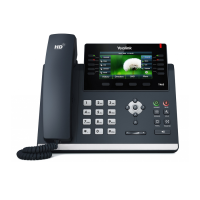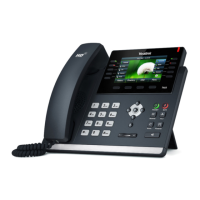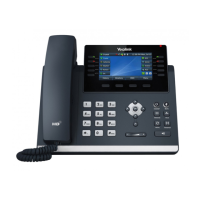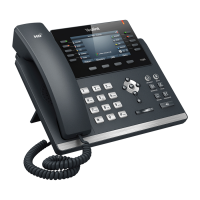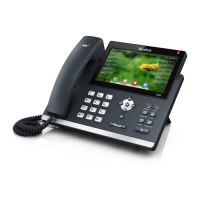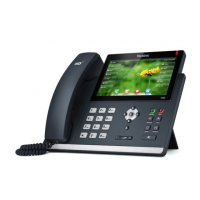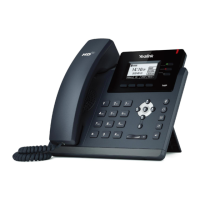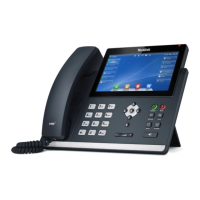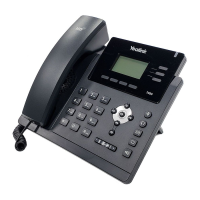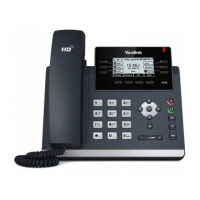Getting Started
3
Getting Started
This section provides instructions on how to get ready for auto provisioning. To begin the auto
provisioning, the following steps are required:
Obtaining Boot, Configuration and Resource Files
Obtaining Phone Information
Obtaining Boot, Configuration and Resource Files
Boot Files
The IP phone tries to download the boot file first, and then download the configuration files
referenced in the boot file during auto provisioning. You can select whether to use the boot file
or not according to your deployment scenario. If required, you need to obtain the template boot
file named as “y000000000000.boot” before auto provisioning.
You can use a boot file to specify which configuration files to be downloaded for specific phone
groups by phone model identity, and customize the download sequence of configuration files. It
is efficient for you to provision IP phones in different deployment scenarios, including all IP
phones, specific phone groups, or a single phone.
The configuration files referenced in the boot file are flexible: you can rearrange the
configuration parameters within the Yealink-supplied template configuration files or create your
own configuration files from configuration parameters you want. You can create and name as
many configuration files as you want and your own configuration files can contain any
combination of configuration parameters.
Configuration Files
Before provisioning, you also need to obtain template configuration files. There are two
configuration files both of which are CFG-formatted. We call these two files Common CFG file
and MAC-Oriented CFG file.
The configuration files contain parameters that affect the features of the phone. You can use the
configuration files to deploy and maintain a mass of Yealink IP phones automatically.
You can create and name as many configuration files as you want (e.g., account.cfg, sip.cfg,
features.cfg) by using the template configuration files. The custom configuration files can
contain the configuration parameters of the same feature modules for all phones.
